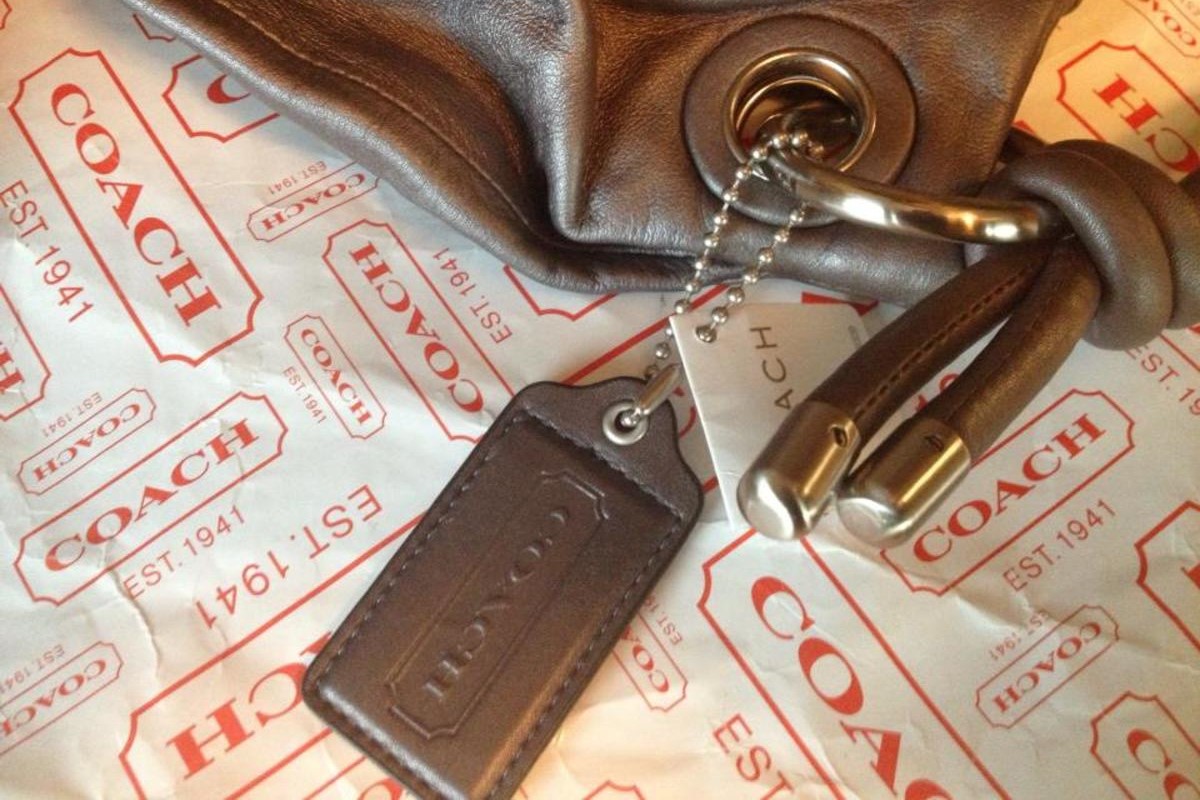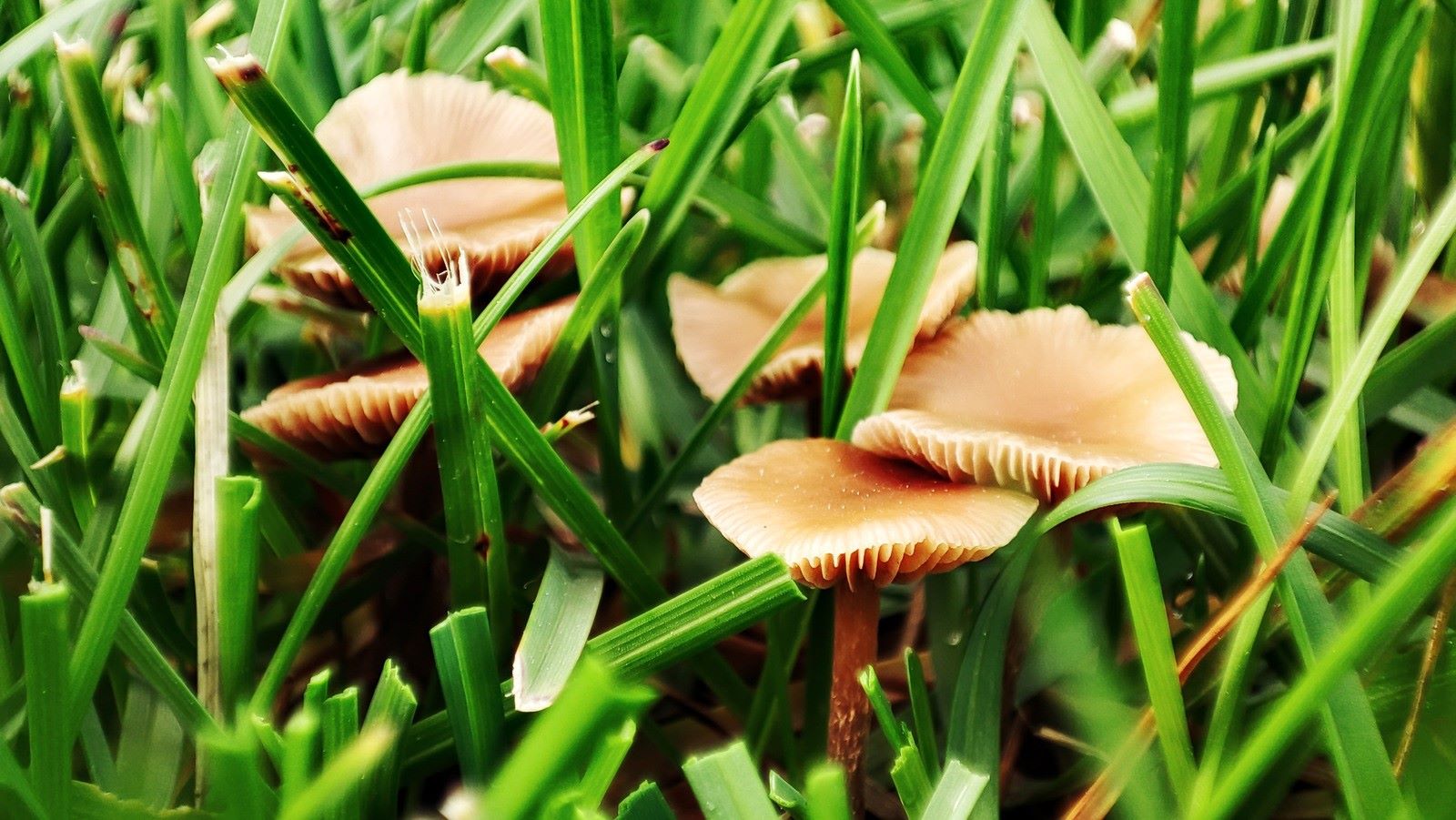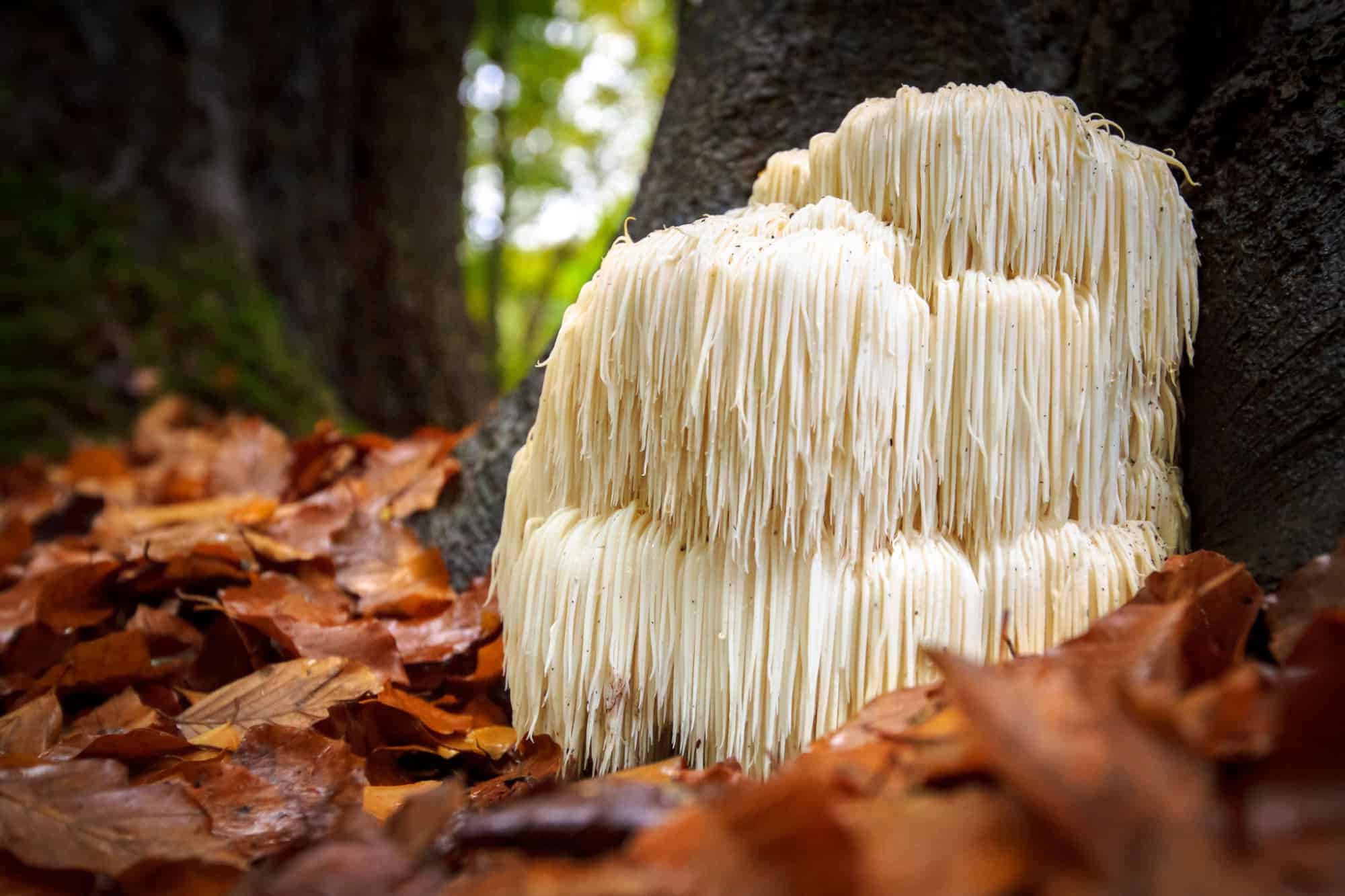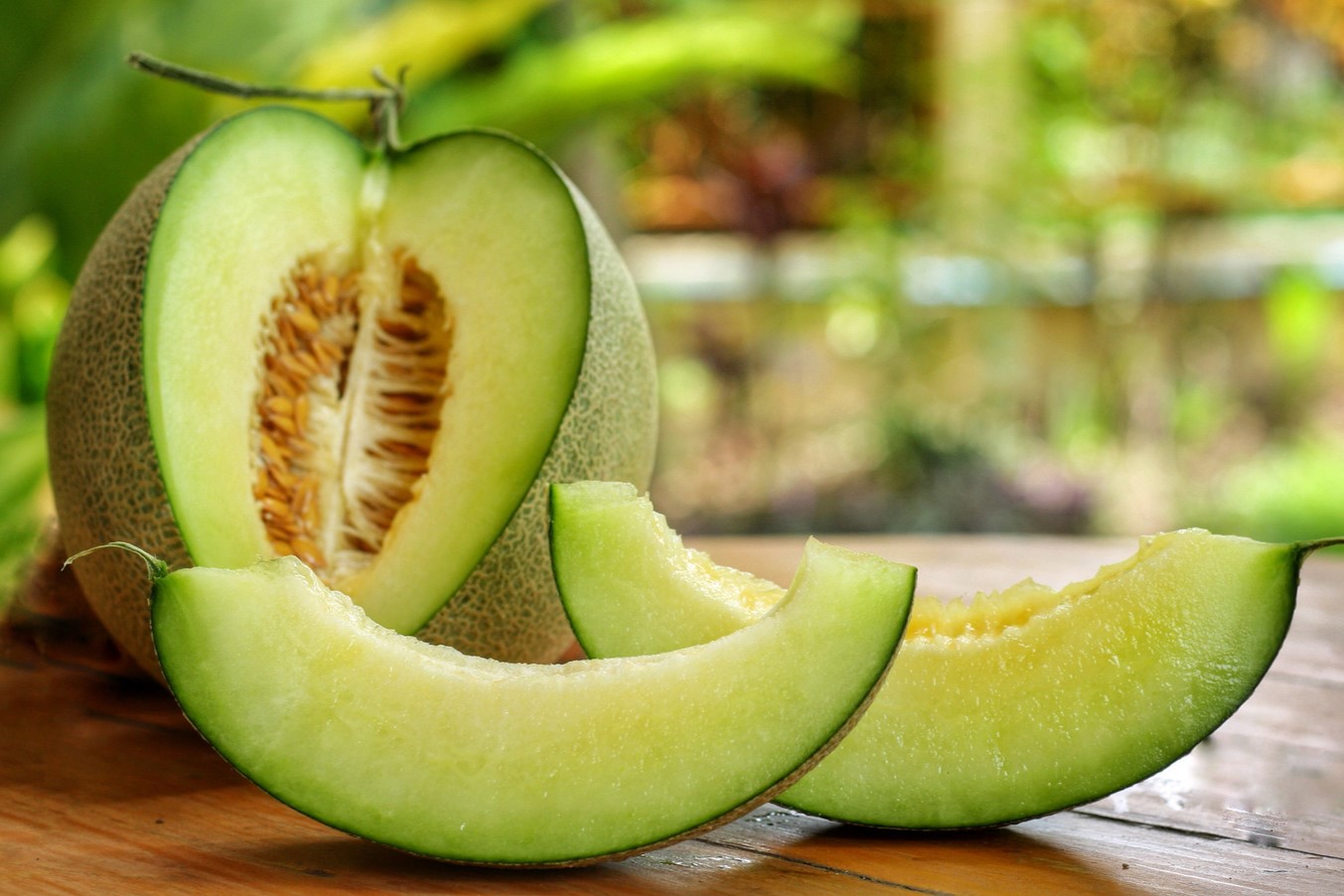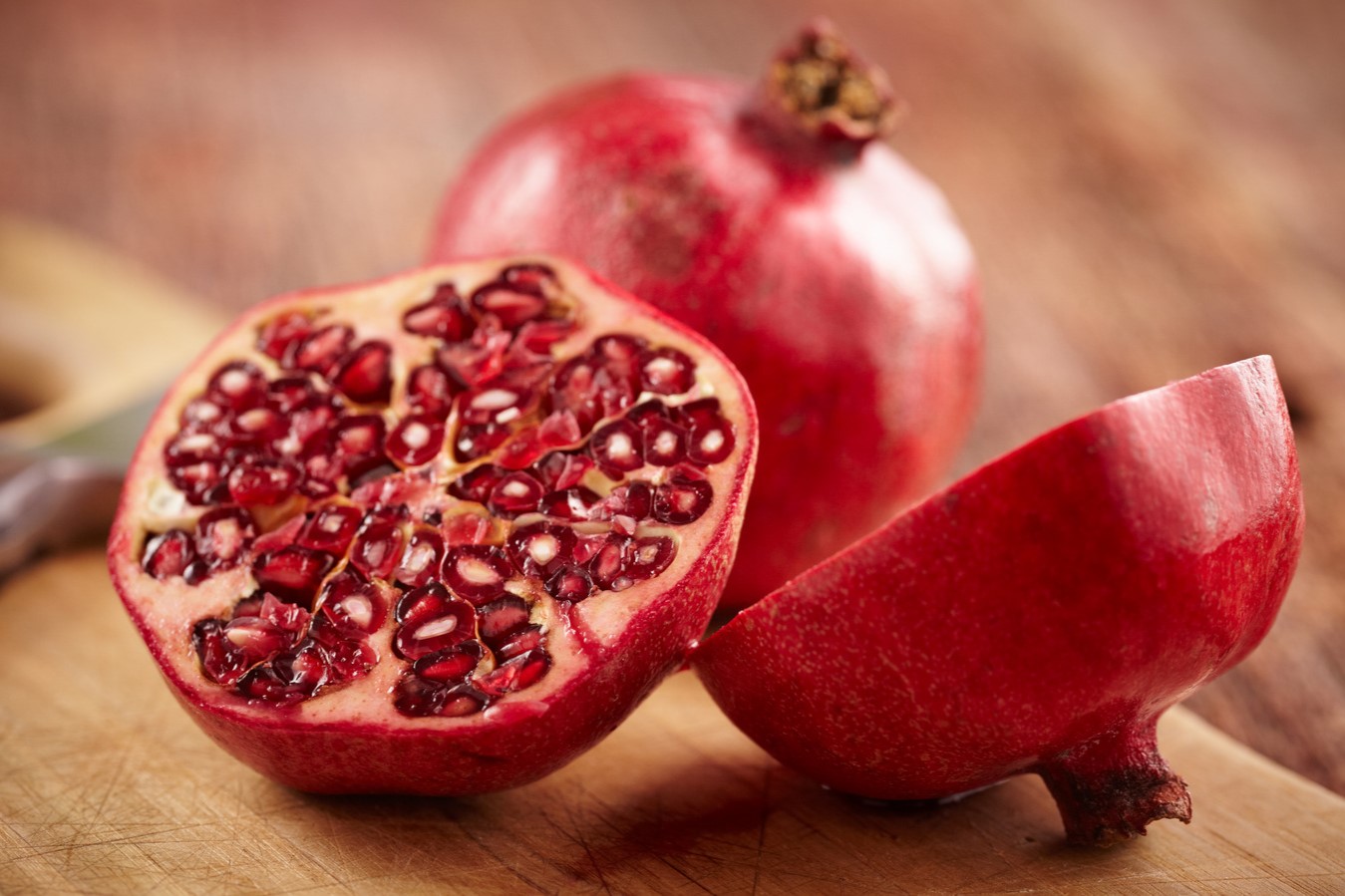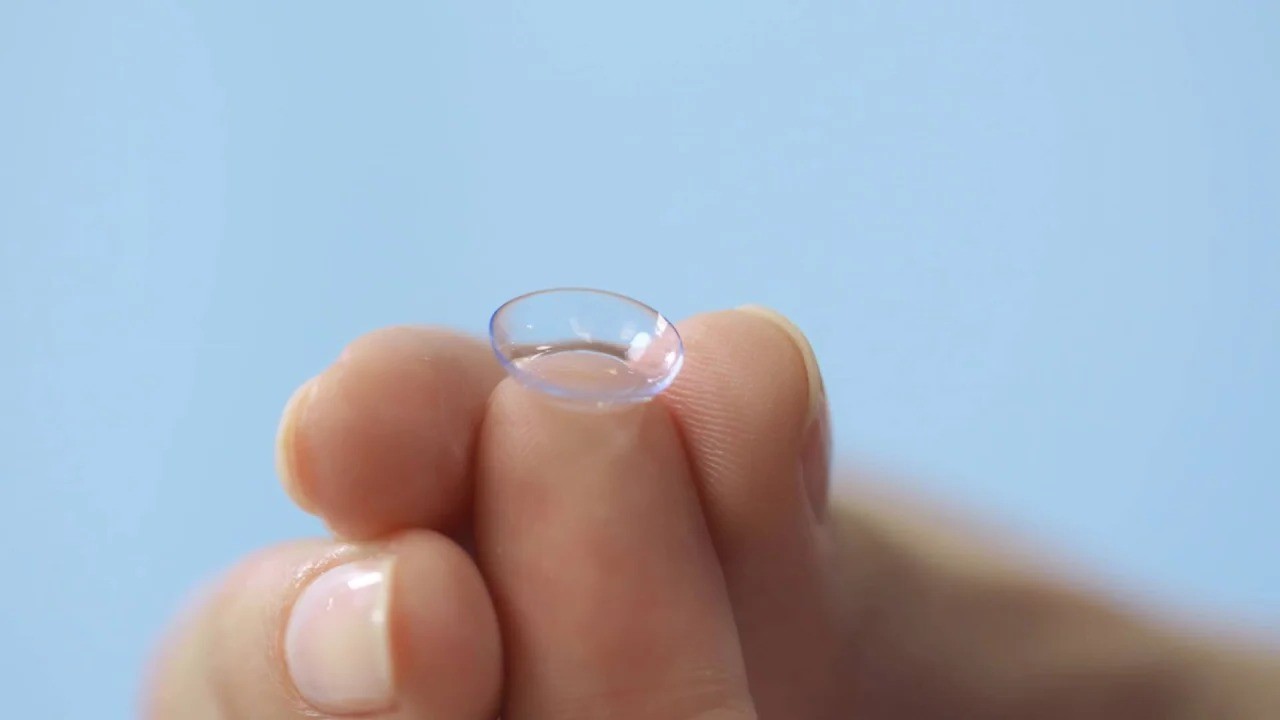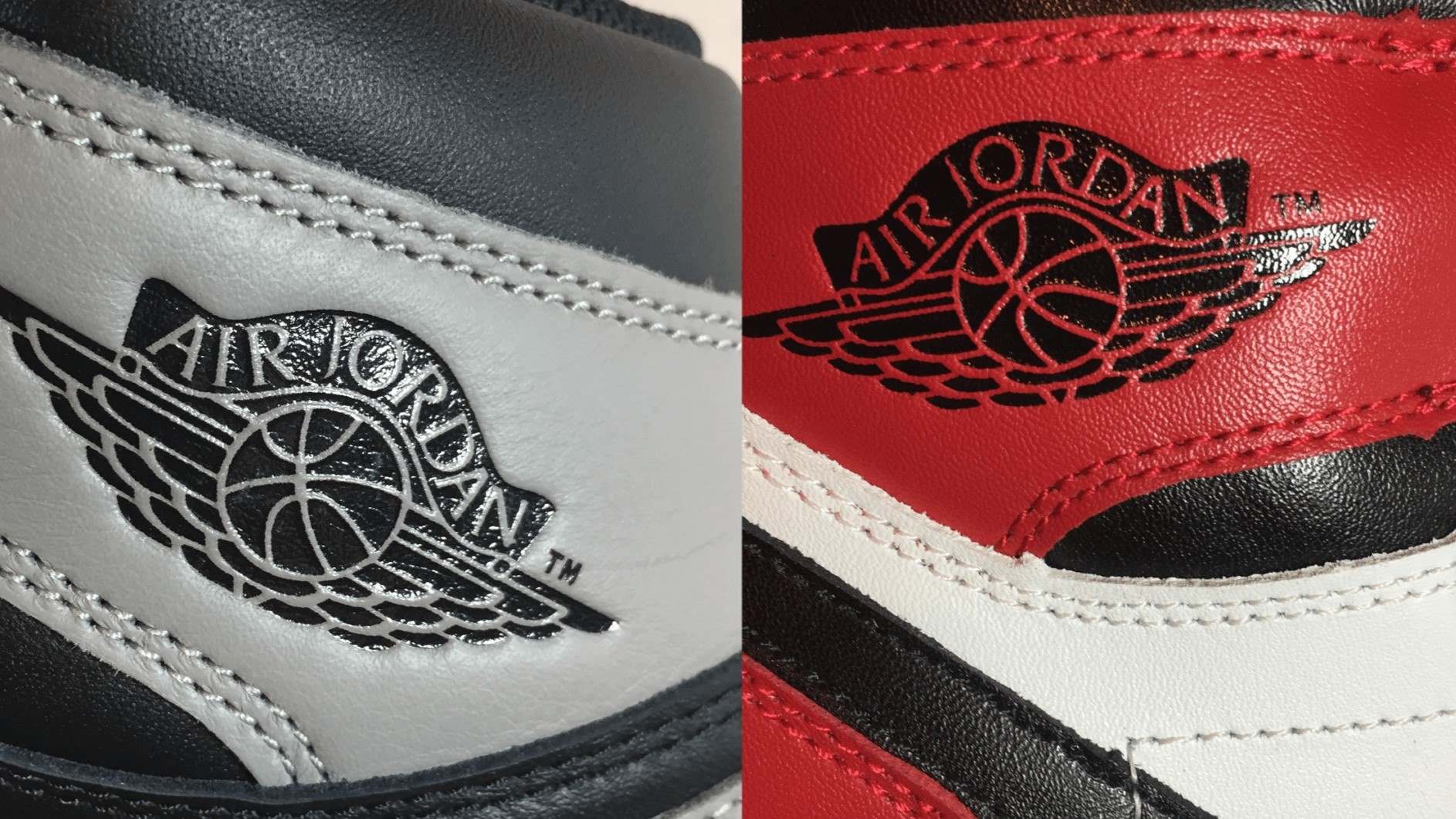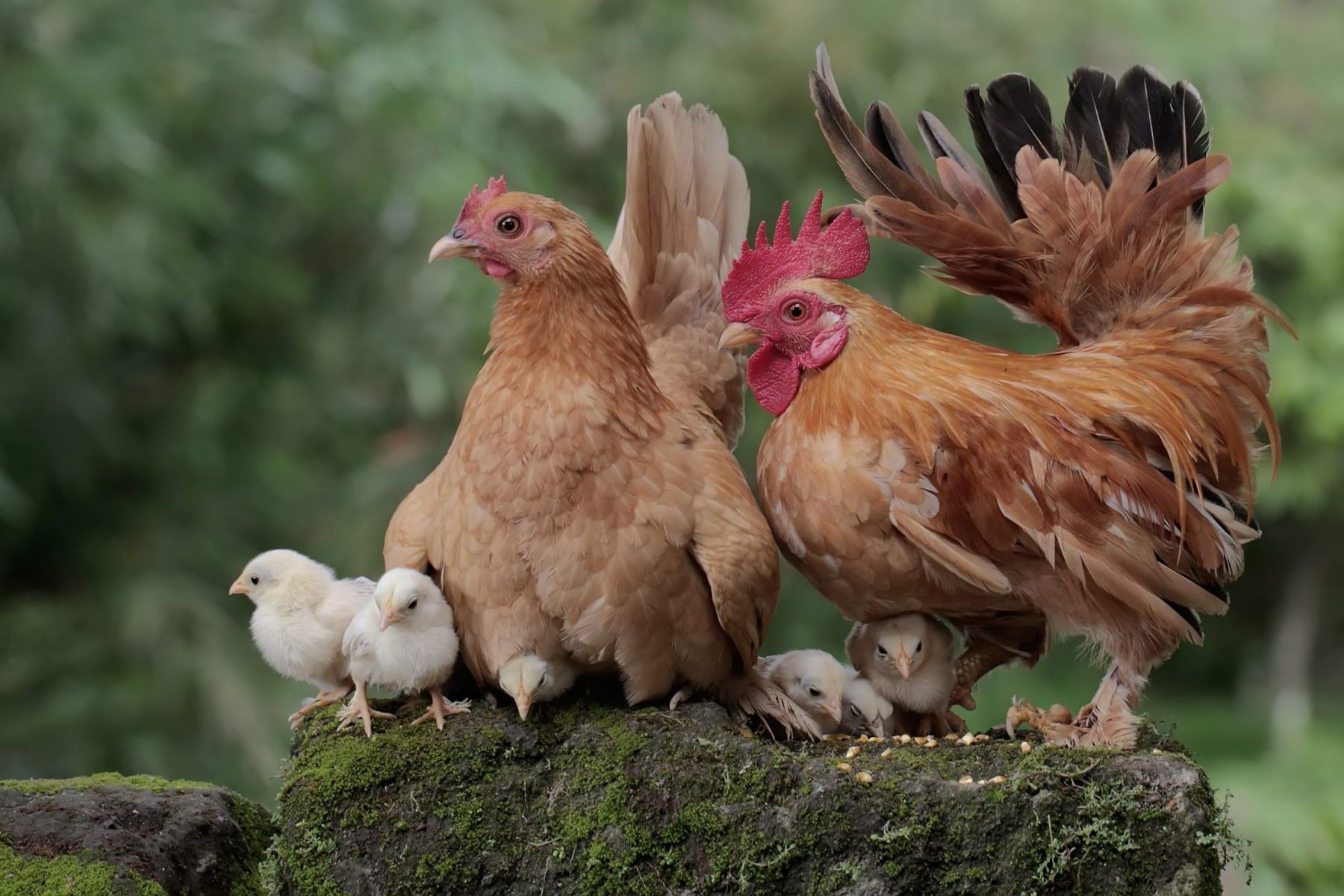Home>Food and Cooking>How To Tell If Mushrooms Are Bad
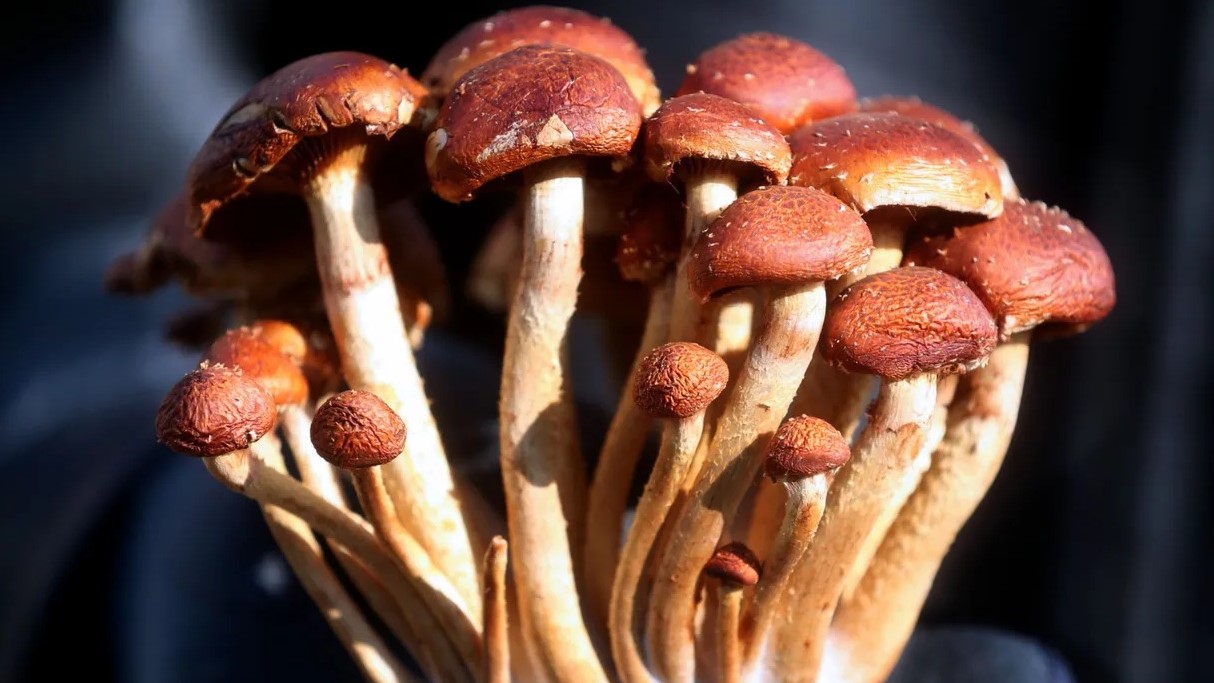

Food and Cooking
How To Tell If Mushrooms Are Bad
Published: March 2, 2024
Learn how to determine if mushrooms have gone bad with our expert tips and advice. Keep your food fresh and safe with our food and cooking guide.
(Many of the links in this article redirect to a specific reviewed product. Your purchase of these products through affiliate links helps to generate commission for Noodls.com, at no extra cost. Learn more)
Table of Contents
Introduction
Mushrooms are a versatile and flavorful ingredient that can elevate the taste of various dishes, from creamy risottos to hearty stews. However, like any perishable food item, mushrooms are susceptible to spoilage. It's crucial to be able to discern whether your mushrooms are still fresh or have veered into the territory of being inedible. In this guide, we will explore the telltale signs of spoiled mushrooms and provide you with practical tips to ensure that the mushrooms you use in your culinary creations are of the highest quality.
Understanding the indicators of mushroom spoilage is essential for anyone who enjoys cooking with these earthy delights. Whether you're a seasoned chef or a novice home cook, being able to identify bad mushrooms can prevent the disappointment of preparing a meal with subpar ingredients. By honing your ability to recognize the signs of spoilage, you can safeguard the integrity of your dishes and ensure that every culinary endeavor is met with success.
In the following sections, we will delve into the various methods for determining the freshness of mushrooms, including the olfactory examination, visual inspection, and texture assessment. By familiarizing yourself with these techniques, you'll be equipped with the knowledge to confidently assess the quality of mushrooms before incorporating them into your recipes. Let's embark on this insightful journey to uncover the secrets of distinguishing between fresh and spoiled mushrooms, empowering you to elevate your culinary creations with confidence and finesse.
Read more: How To Tell If Shrimp Is Bad
Signs of Spoiled Mushrooms
When it comes to mushrooms, freshness is paramount. To ensure that the mushrooms you use in your cooking are of the highest quality, it's crucial to be able to recognize the signs of spoilage. Here are the key indicators that your mushrooms may have gone bad:
Discoloration:
One of the most evident signs of spoiled mushrooms is discoloration. Fresh mushrooms typically boast a uniform color, whether they are white, cremini, or portobello. However, if you notice dark spots, slimy patches, or a dull, brownish hue on the surface of the mushrooms, it's a clear indication that they have surpassed their prime and should be discarded.
Slimy Texture:
Fresh mushrooms have a firm and slightly spongy texture. In contrast, spoiled mushrooms often develop a slimy or mushy consistency, signifying the presence of decay. When handling mushrooms, pay attention to their tactile qualities. If they feel excessively wet or slimy to the touch, it's a strong indication that they are no longer suitable for consumption.
Unpleasant Odor:
Another unmistakable sign of mushroom spoilage is a pungent or foul odor. Fresh mushrooms exude a mild, earthy fragrance. However, when mushrooms begin to spoil, they emit a distinctly unpleasant smell, often described as musty, sour, or reminiscent of ammonia. If your mushrooms give off an off-putting aroma, it's a clear signal that they have deteriorated and should be discarded.
Read more: How To Tell If Pork Is Bad
Wrinkled Appearance:
While fresh mushrooms appear plump and taut, spoiled mushrooms may exhibit a shriveled or wrinkled appearance. This loss of turgidity is a visual cue that the mushrooms have started to degrade. If you notice that the mushrooms have become shriveled or desiccated, it's a strong indication that they are past their prime and should not be used in cooking.
By familiarizing yourself with these signs of spoiled mushrooms, you can confidently assess the quality of this beloved ingredient before incorporating it into your culinary creations. This knowledge empowers you to uphold the standards of freshness and quality in your dishes, ensuring a delightful culinary experience for yourself and those you share your meals with.
Smell Test
The sense of smell plays a pivotal role in discerning the freshness of mushrooms. When conducting a smell test, it's essential to pay close attention to the aroma emitted by the mushrooms. Fresh mushrooms exude a subtle, earthy fragrance, reminiscent of the forest floor after a gentle rain. This delicate scent is a hallmark of their pristine quality and serves as a delightful prelude to the culinary journey ahead.
However, when mushrooms begin to spoil, their aroma undergoes a discernible transformation. The once pleasant and earthy scent gives way to a pungent, off-putting odor that is indicative of decay. This olfactory shift is a clear signal that the mushrooms have surpassed their prime and should not be used in cooking.
During the smell test, take a moment to inhale the aroma emanating from the mushrooms. Close your eyes and allow the fragrance to envelop your senses. If you detect any hint of mustiness, sourness, or an ammonia-like odor, it's a telltale sign that the mushrooms have deteriorated and are no longer suitable for consumption.
The olfactory examination serves as a reliable method for gauging the freshness of mushrooms, providing valuable insights into their condition. By honing your ability to discern the subtle nuances of mushroom aromas, you can confidently determine whether they are still fit for culinary use. This sensory awareness empowers you to uphold the standards of quality and freshness in your culinary endeavors, ensuring that every dish you create is imbued with the essence of pristine ingredients.
Incorporating the smell test into your culinary routine allows you to elevate your cooking with confidence, knowing that the mushrooms you use are of the highest quality. By embracing the olfactory dimension of mushroom assessment, you embark on a sensory exploration that enriches your culinary experience and ensures that your dishes are infused with the unmistakable allure of fresh, vibrant ingredients.
Visual Inspection
Visual inspection is a fundamental aspect of assessing the freshness and quality of mushrooms. By closely examining the appearance of mushrooms, you can glean valuable insights into their condition and determine whether they are suitable for culinary use. When conducting a visual inspection, it's essential to pay attention to several key visual cues that can indicate the freshness or spoilage of mushrooms.
Fresh mushrooms exhibit a vibrant and uniform appearance, characterized by a smooth and intact surface. Whether they are white button mushrooms, cremini, or portobello, their caps should appear plump and free from blemishes. As you inspect the mushrooms, look for any signs of discoloration, such as dark spots, bruising, or a dull, brownish hue. These visual irregularities are indicative of spoilage and signal that the mushrooms should not be used in cooking.
Additionally, observe the texture of the mushroom caps and stems. Fresh mushrooms boast a firm and taut texture, while spoiled mushrooms may appear shriveled or desiccated. If you notice any signs of dehydration or wrinkling on the surface of the mushrooms, it's a clear indication that they have deteriorated and are no longer suitable for consumption.
Another crucial aspect of visual inspection is assessing the presence of any slimy or sticky residue on the mushrooms. Fresh mushrooms have a slightly spongy texture and should not feel excessively wet or slimy to the touch. If you detect any sliminess or a viscous film on the surface of the mushrooms, it's a strong indication that they have begun to spoil and should be discarded.
Furthermore, inspect the gills of mushrooms, particularly in varieties such as portobello or shiitake. The gills should appear clean and free from excessive moisture or discoloration. Any signs of sliminess or discoloration on the gills are clear indicators of spoilage, warranting the mushrooms' removal from your culinary repertoire.
By honing your ability to visually assess the quality of mushrooms, you empower yourself to uphold the standards of freshness and excellence in your culinary endeavors. This keen visual acumen allows you to confidently select only the finest mushrooms for your recipes, ensuring that every dish you create is imbued with the essence of pristine ingredients.
Incorporating visual inspection into your culinary routine elevates your cooking with a discerning eye for quality, enabling you to craft dishes that showcase the inherent beauty and freshness of mushrooms. By embracing the visual dimension of mushroom assessment, you embark on a journey of culinary refinement, where the impeccable quality of ingredients becomes a hallmark of your gastronomic creations.
Texture Check
Assessing the texture of mushrooms is a crucial step in determining their freshness and suitability for culinary use. When conducting a texture check, it's essential to pay close attention to the tactile qualities of the mushrooms, as these can provide valuable insights into their condition.
Fresh mushrooms are characterized by a firm and slightly spongy texture. As you handle the mushrooms, take note of their resilience and suppleness. Run your fingers over the surface of the mushroom caps and stems, feeling for any signs of dehydration or softness. Fresh mushrooms should offer a gentle resistance to pressure, indicating their optimal state of freshness.
In contrast, spoiled mushrooms often exhibit a noticeable change in texture. They may feel excessively wet or slimy to the touch, signaling the onset of decay. Additionally, spoiled mushrooms can develop a mushy or spongy consistency, lacking the firmness that is characteristic of their fresh counterparts. When conducting a texture check, be mindful of any deviations from the expected firmness and resilience of fresh mushrooms, as these can serve as clear indicators of spoilage.
Another aspect of the texture check involves assessing the overall turgidity of the mushrooms. Fresh mushrooms appear plump and taut, with a healthy fullness that reflects their pristine quality. However, spoiled mushrooms may appear shriveled or desiccated, lacking the robustness that is synonymous with freshness. By gently pressing the mushroom caps and stems, you can discern whether they retain their natural turgor or have succumbed to the effects of deterioration.
By honing your ability to conduct a thorough texture check, you equip yourself with the means to confidently ascertain the quality of mushrooms before incorporating them into your culinary creations. This tactile awareness empowers you to uphold the standards of freshness and excellence in your dishes, ensuring that every recipe you prepare is graced with the essence of impeccable ingredients.
Incorporating the texture check into your culinary routine allows you to elevate your cooking with a keen sensitivity to the tactile nuances of mushrooms. By embracing this tactile dimension of mushroom assessment, you embark on a sensory exploration that enriches your culinary experience and ensures that your dishes are crafted with the unmistakable allure of fresh, vibrant ingredients.
Read more: How To Draw A Mushroom
Conclusion
In conclusion, the ability to discern the freshness of mushrooms is a valuable skill that enhances the culinary journey of every home cook and professional chef. By honing the art of identifying the signs of spoiled mushrooms, individuals can ensure that their culinary creations are consistently elevated by the use of pristine ingredients. The olfactory examination, visual inspection, and texture check collectively form a comprehensive toolkit for assessing the quality of mushrooms, empowering cooks to make informed decisions about ingredient selection.
Through the smell test, individuals immerse themselves in a sensory exploration, allowing the delicate aromas of fresh mushrooms to guide their culinary endeavors. The subtle shifts in fragrance serve as a reliable indicator of the mushrooms' condition, enabling cooks to embrace the olfactory dimension of ingredient assessment.
Visual inspection offers a window into the world of mushrooms, where vibrant hues, taut textures, and pristine surfaces signify the pinnacle of freshness. By cultivating a discerning eye for visual cues, individuals can confidently select mushrooms that embody the essence of quality, ensuring that their dishes are graced with the allure of impeccable ingredients.
The texture check invites individuals to engage with mushrooms on a tactile level, where the resilience and turgidity of these delicate fungi convey essential insights into their freshness. By embracing this tactile awareness, cooks can elevate their culinary creations with a profound understanding of the nuanced textures that define optimal mushroom quality.
Incorporating these methods into the culinary routine empowers individuals to uphold the standards of excellence and freshness, ensuring that every dish is a testament to the uncompromising quality of its ingredients. By harnessing the collective wisdom of the smell test, visual inspection, and texture check, cooks embark on a journey where the essence of pristine mushrooms becomes an integral part of their gastronomic narrative.
Ultimately, the art of discerning the freshness of mushrooms transcends mere culinary practice; it is a testament to the reverence for exceptional ingredients and the commitment to delivering unparalleled dining experiences. As individuals continue to refine their ability to identify the signs of spoiled mushrooms, they embark on a culinary odyssey where the pursuit of excellence is perpetually intertwined with the essence of pristine ingredients.


